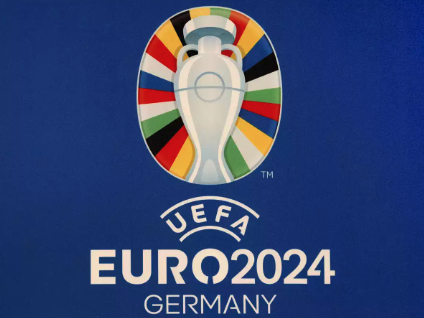
Over the years, advancements in materials, technology, and design have transformed footballs from simple leather spheres into highly engineered pieces of equipment. These improvements have significantly enhanced both the performance and consistency of the ball, providing a better experience for players and fans alike. Interestingly, early footballs were crafted from animal bladders—usually pigs'—wrapped in leather.
In 1855, inflatable bladders made from vulcanized rubber began to replace animal bladders, although leather coatings continued to be used well into the 1960s. Leather, however, deformed, absorbed water, limited performance, and deteriorated quickly. The first polyurethane-coated ball was introduced at the FIFA World Cup in 1974, but it wasn't until the 1986 World Cup that leather was completely phased out.
Modern footballs are made from synthetic leather, typically polyurethane (PU) or polyvinyl chloride (PVC). These materials are water-resistant, durable, and provide consistent performance, ensuring more predictable flight and bounce. They also allow for textured surfaces that enhance grip and control, resulting in footballs that perform better and look more attractive than ever.
The official ball for EURO 2024, known as 'FUSSBALLLIEBE,' is fully synthetic and incorporates Adidas’ ‘Connected Ball Technology’ for the first time. This innovation supports UEFA's video assistant refereeing decision-making process. The ball's textured surface improves aerodynamic performance, maintains its shape perfectly, and is 100% water-resistant. So, if your favorite players miss the target, it's not the technology that's to blame.







